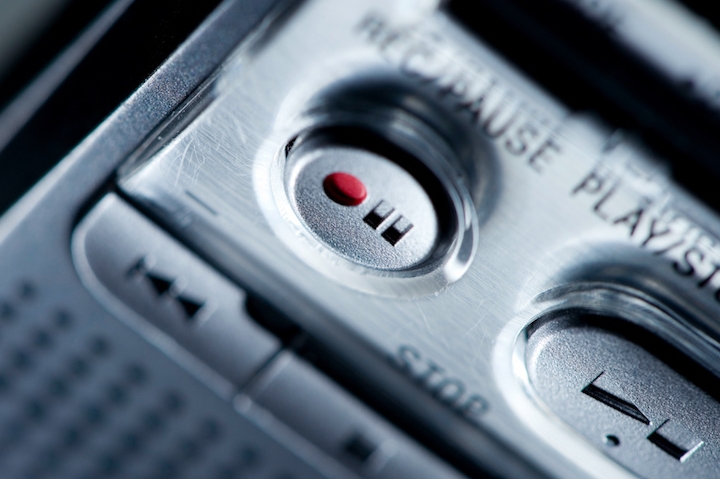"The eyes are forgiving, but the ears are not."
I'm unsure where, or from whom, I first heard this quote, but it has stuck with me throughout the years. In my experience, viewers are more likely to sit through and watch a poorly shot video, rather than one they can hardly hear. Many times people get caught up with wanting to have the newest and best camera, but when it comes to audio, I see many people settling for cheap solutions. This is the reason why I decided to start off this series by focusing on audio.
Here's some tips to help you achieve better audio:
-
DO NOT use the built-in microphone on your camera as your main source of audio! The use of your camera's microphone is one of the easiest ways to instantly lose production value, especially when doing interviews.
-
If you shoot a lot of interviews, a shotgun microphone is a great solution. These microphones range in price from $30-$5000. It's easy to get tempted into buying one of the cheaper models, but I can almost guarantee that you'll end up disappointed. I always recommend people to buy right the first time, to ensure you don't waste your time and money. A great starter shotgun microphone is the NTG-1 by Rode, or if you're able to spend slightly more, I would definitely recommend the NTG-2.
-
You may be tempted, but DO NO plug a shotgun or handheld microphone directly into your camera. I won't get into the technical details (there are plenty of resources online), but just know that you will sacrifice audio quality by plugging microphones directly into cameras such as DSLRs. Instead, plug all external microphones into external recorders using XLR cables. Recorders come in all shapes and sizes, but one of my personal favorites are portable field recorders. Tascam DR-100mkii and Zoom H4n are two quality portable field recorders at an affordable cost. Not only will this setup record better sounding audio, but these recorders will also give you more control over monitoring and adjusting audio levels while you are recording.
-
A microphone stand with a telescoping boom is a great investment. If your subject is sitting or standing in place, a microphone stand such as the K&M 21020 is a great tool to have, and makes filming by yourself a lot easier.
-
If you film a lot of events and need the ability to freely move around, then your next best bet is to purchase an on-camera microphone. This option will not produce the same quality of audio as mentioned earlier, but it will be much better than the built-in microphone on the camera. Two solid on-camera microphones I've used and recommend are the Rode VideoMic Pro and Shure VP83F.
Hopefully these tips were not only informative, but also help change the way you think about audio. There are many creative ways to cover up an ugly looking shot, but bad audio is a nightmare to work with and can potentially ruin a project. If you have any questions, feel free to comment below or shoot me an email.
This blog is part of an ongoing series that will give you short tips and tricks to help take your videos to the next level. This series is intended for beginners and enthusiasts, so I will try my best to explain topics clearly, without getting deep into technical details.

